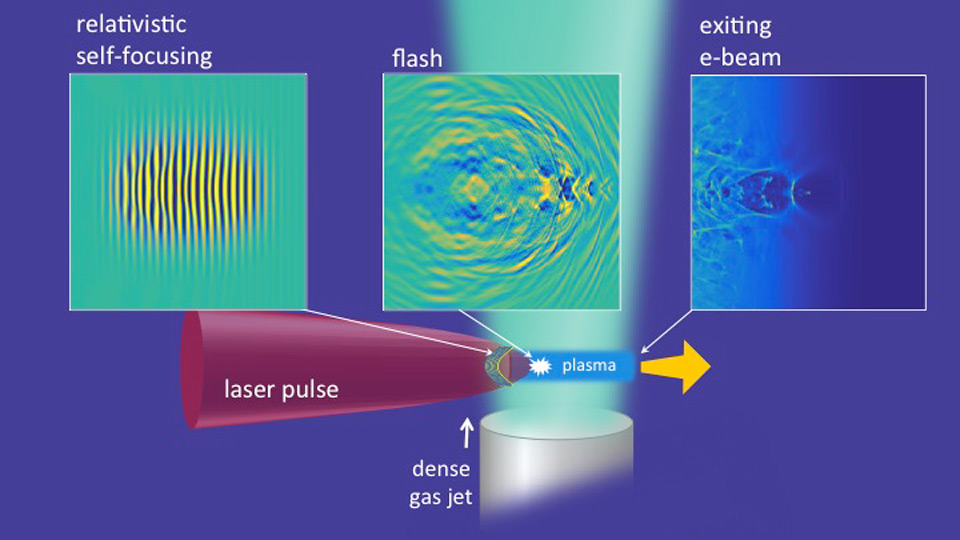
It's no secret that college football is big business and that a major contributing factor is revenue from television. The influential reach of that revenue is a hot debate in organizations that are supposed to put more ideal values above capitalistic ones -- the two are not always at odds, though. So when a collegiate organization like the Big Ten Conference is motivated to expand, most would like to think it's a school's academic, or even athletic, merits that put said institution at the top of the want list. However, Dan Wetzel of Yahoo Sports believes the reason the Big Ten courted the University of Maryland and Rutgers University really just comes down to finding a way to sell an additional 14.6 million residents the Big Ten Network. The economics of sports networks on cable television is well documented -- the majority pay so that the vocal minority may watch -- but sculpting an amateur sports league to ensure your cable TV channel gets carriage in America's largest media markets might be a new twist.
Filed under: Home Entertainment, HD
Comments
Source: Yahoo Sports
 It's hard to completely escape safety issues with lithium-ion batteries, in part due to the nature of the electrolytes that charge and release energy when ions shuttle between electrodes. They usually have to be made of easily combustible chemicals...
It's hard to completely escape safety issues with lithium-ion batteries, in part due to the nature of the electrolytes that charge and release energy when ions shuttle between electrodes. They usually have to be made of easily combustible chemicals...
 It's hard to completely escape safety issues with lithium-ion batteries, in part due to the nature of the electrolytes that charge and release energy when ions shuttle between electrodes. They usually have to be made of easily combustible chemicals...
It's hard to completely escape safety issues with lithium-ion batteries, in part due to the nature of the electrolytes that charge and release energy when ions shuttle between electrodes. They usually have to be made of easily combustible chemicals...
 For the first time ever, two quantum computers have faced off against each other in a series of experiments to determine which technology reigns supreme. A team of researchers from the University of Maryland have pitted their own quantum computer aga...
For the first time ever, two quantum computers have faced off against each other in a series of experiments to determine which technology reigns supreme. A team of researchers from the University of Maryland have pitted their own quantum computer aga...
 Wearables, fitness trackers and other medical devices are extremely useful for gathering basic health data, but existing electronics aren't so good at communicating directly with our bodies' biological systems. The simple fact is that there's a disco...
Wearables, fitness trackers and other medical devices are extremely useful for gathering basic health data, but existing electronics aren't so good at communicating directly with our bodies' biological systems. The simple fact is that there's a disco...
 Antarctica is ideal for launching high-altitude science balloons this time of year. You not only get non-stop sunlight (ideal for solar power), but wind patterns that keep those balloons over land. And NASA is determined to take advantage of this....
Antarctica is ideal for launching high-altitude science balloons this time of year. You not only get non-stop sunlight (ideal for solar power), but wind patterns that keep those balloons over land. And NASA is determined to take advantage of this....
 By Cat DiStasio
We all love our battery-powered gadgets, but portable power cells can be devastating to the environment. Fortunately, recent developments have proven that greener batteries are coming in the not-too-distant future. Engineers are repl...
By Cat DiStasio
We all love our battery-powered gadgets, but portable power cells can be devastating to the environment. Fortunately, recent developments have proven that greener batteries are coming in the not-too-distant future. Engineers are repl...
 Researchers at the University of Maryland were able pull away color and chemicals from a block of wood to leave it impressively see-through. The result is a material that is both stronger and more insulating than glass, with better biodegradability t...
Researchers at the University of Maryland were able pull away color and chemicals from a block of wood to leave it impressively see-through. The result is a material that is both stronger and more insulating than glass, with better biodegradability t...
 There's a particular strain of game theory, Colonel Blotto, that many believe could predict the outcomes of everything from elections to sports matches. It asks two sides to distribute soldiers over a battlefield, and hands wins to whoever has the m...
There's a particular strain of game theory, Colonel Blotto, that many believe could predict the outcomes of everything from elections to sports matches. It asks two sides to distribute soldiers over a battlefield, and hands wins to whoever has the m...
 Modern particle accelerators are big, to put it mildly -- even the smallest ones tend to occupy large rooms. Researchers at the University of Maryland, however, have found a way to shrink them down to where they're genuinely portable. By shooting p...
Modern particle accelerators are big, to put it mildly -- even the smallest ones tend to occupy large rooms. Researchers at the University of Maryland, however, have found a way to shrink them down to where they're genuinely portable. By shooting p...

